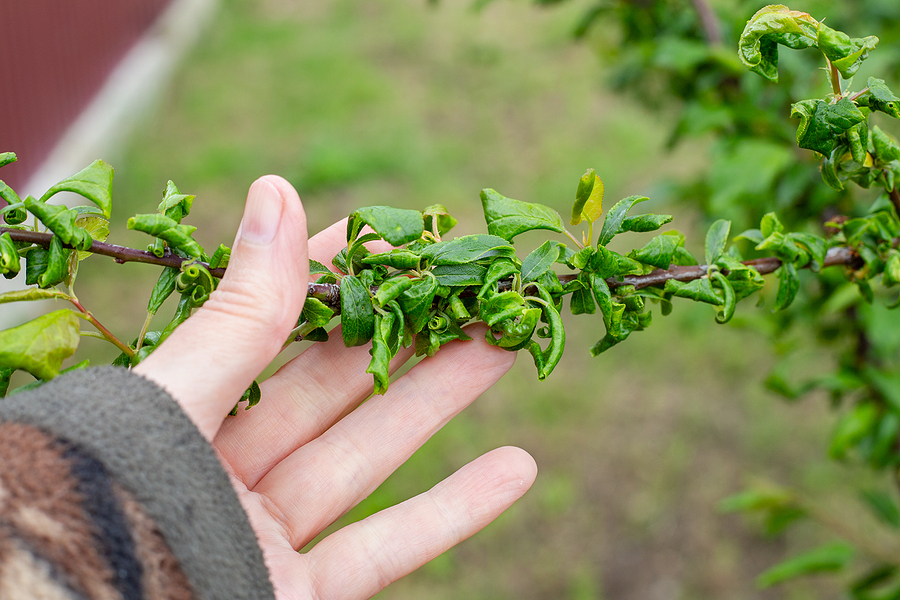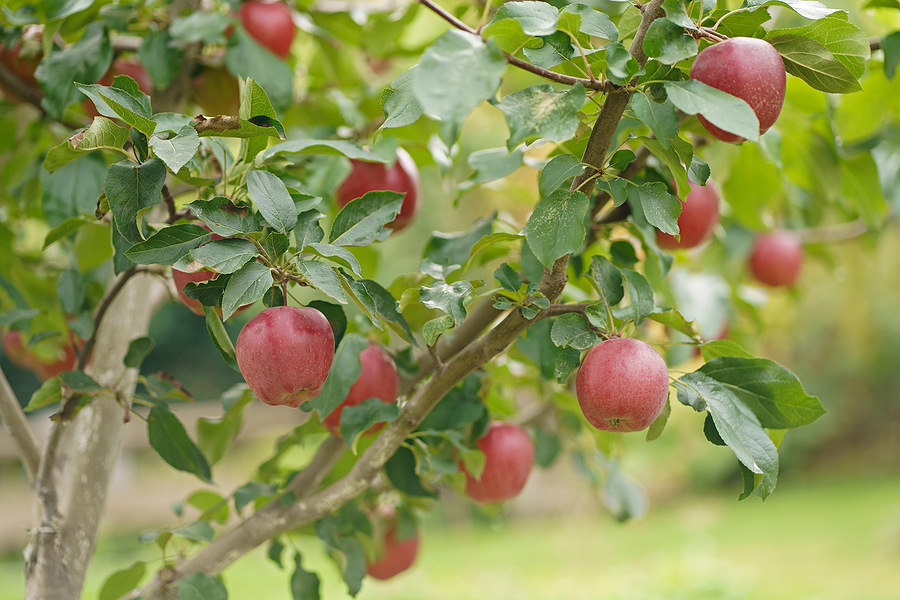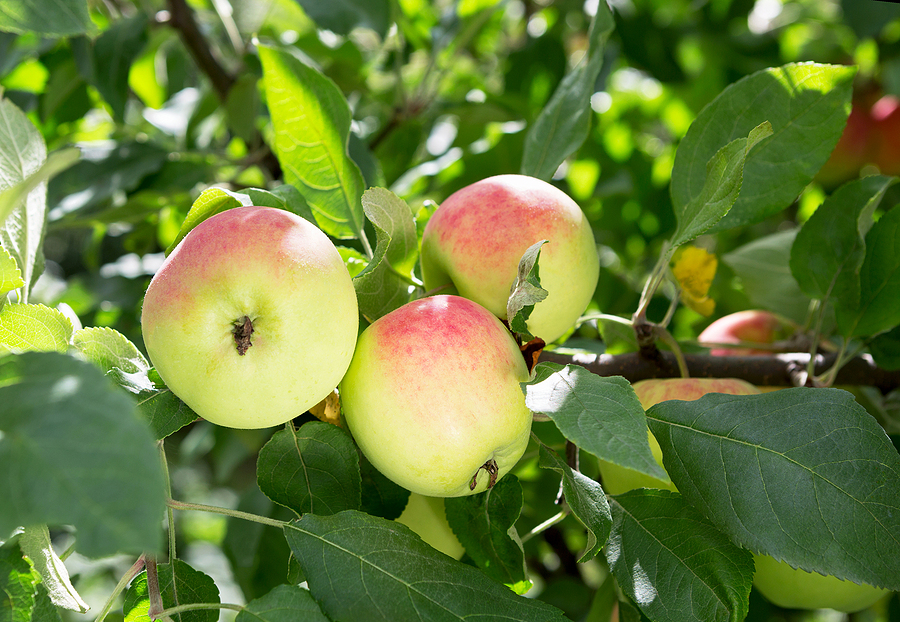Ensuring the health and longevity of the trees in our environments is a responsibility that often goes overlooked. Yet, this task is crucial, offering significant benefits not only for our individual landscapes, but also for our local ecosystems and the planet as a whole. One key component of tree care is regular tree health inspections, a proactive measure to identify and mitigate potential issues such as tree diseases.
Conducting these inspections helps to maintain the beauty and health of our trees, and in this blog, we delve into the importance of tree health inspections and guide you through the process of conducting them effectively. So, let’s branch out in our understanding of tree care.

The Importance of Tree Health Inspections
Tree health inspections are essential for several reasons. First and foremost, they allow us to detect any problems with our trees at an early stage. Just like humans, trees can also get sick. And if left untreated, these issues can spread quickly and even result in the death of the tree. With regular inspections, we can identify and address any problems before they escalate, saving the tree and potentially avoiding costly treatments or removals.
Moreover, trees play a vital role in our environment – they provide us with clean air, shade, and contribute to biodiversity. Conducting health inspections helps ensure that our trees continue to thrive and fulfill these critical functions. Early detection of tree diseases can prevent them from spreading to other trees, maintaining the health and balance of our ecosystems. Furthermore, healthy trees are more resilient to environmental stressors such as extreme weather conditions or pest infestations. By conducting regular inspections, we can keep our trees strong and robust, increasing their chances of survival during challenging times.
How to Conduct Tree Health Inspections
Now that we understand the importance of tree health inspections, let’s discuss how to conduct them effectively. Ideally, tree health inspections should be done by a certified arborist who has the expertise and knowledge to identify any potential issues accurately. However, as tree owners, we can also conduct basic visual checks on our trees regularly. Here are some steps to follow when conducting a tree health inspection:
► Start with a general overview of the tree, looking for any obvious signs of distress such as discoloration or dead branches.
► Check the trunk and bark for any cracks, holes, or fungus growth.
► Inspect the branches and leaves, looking for any abnormalities or pests.
► Pay attention to the root zone and check for issues like root rot or girdling roots.
► Keep a record of your findings, including any abnormalities or changes compared to previous inspections.
If you notice any significant problems during your inspection, it is best to consult a certified arborist for further evaluation and treatment recommendations.
Common Tree Diseases in Indiana
While tree diseases can be prevalent in any area, each region has its specific types of diseases to watch out for. In Indiana, some common tree diseases include:
Oak Wilt: Oak wilt is a fungal disease that affects oak trees and can result in their death.
Dutch Elm Disease: A vascular disease caused by a fungus that affects elm trees and can lead to their decline.
Anthracnose: A fungal disease that affects many tree species, causing leaf discoloration and defoliation.
Emerald Ash Borer: Emerald Ash Borers are an invasive beetle species that attacks and kills ash trees.
To protect trees from these diseases, regular inspections are essential. If you suspect any of your trees may be affected by a disease, it is crucial to act quickly and seek professional help to prevent the spread.
Conclusion
Tree health inspections may seem like a small task, but they have significant benefits for both individual trees and the larger environment. By conducting regular inspections, we can detect and address any problems early on, ensuring the survival of our trees and contributing to a healthier planet. So, let’s all do our part in caring for our trees and the environment by conducting regular tree health inspections. Remember, healthy trees lead to a healthier world. So, go out there and give your trees some love!
Are you looking for professional tree care near Indy? Contact Timberland Tree Care at 317-348-0811 for licensed and insured seasonal tree service in Indianapolis, Indiana. We provide residential and commercial tree care solutions at economical prices.
Related Posts:
Top 5 Reasons Your Tree Looks Unhealthy
Understanding the Science of Pruning: When and Where to Cut for Max Health
The Impact of Climate Change on Tree Health


